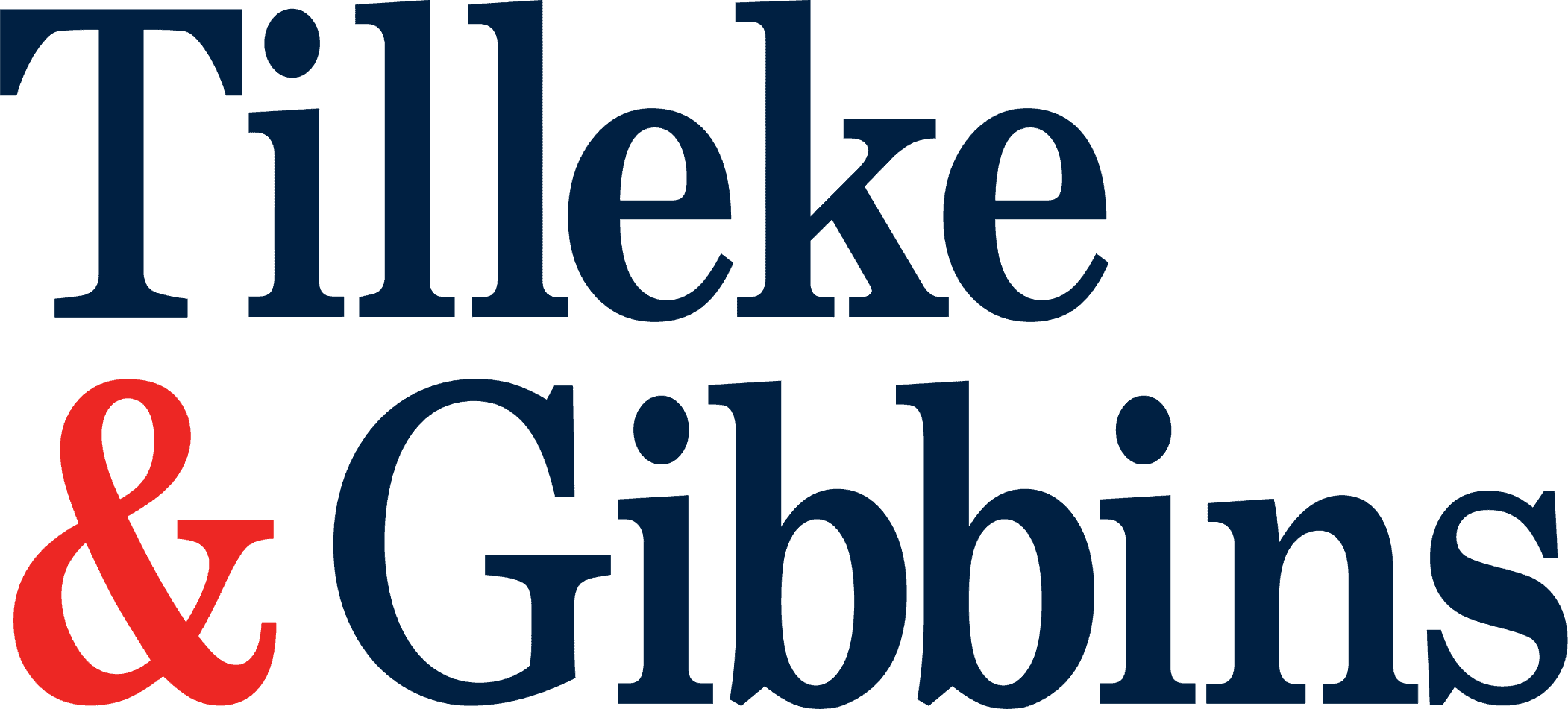
With the easing of lockdown restrictions in Thailand and the removal of stay-at-home orders, many employers have been proceeding with plans to transition employees from their temporary home offices back to the actual workplace.
The obligations of private sector employers to provide safe and hygienic working conditions for their employees are stipulated under Thailand’s Occupational Safety, Health and Environment Act. Employers are required to arrange and maintain their premises to support safe and healthy workforce operations and prevent any harm to the life, body, or mental or physical health of their employees.
In considering this current issue of transitioning their employees back to the workplace, employers must contemplate various issues, both from an employment law perspective and for the protection of employee health and safety. A safe return to the workplace for both employers and employees should proceed in tandem with preventive actions and mitigation of potential risks in the workplace.
To aid in this careful transition of employees back to the workplace, this article provides some general guidance for employers regarding health and safety practices, as well as consideration of some approaches to prevent COVID-19 transmission among personnel.
Physical Distancing in the Workplace
The unique challenges and risks posed by the current situation mean that implementing the necessary preventive measures may require substantial changes to workplace practices. To facilitate the transition, employers may find it practical to resume operations at the workplace on a gradual basis, determining which employees should return to work first to best ensure effective physical distancing.
In addition, employers must select the most practicable physical distancing measures for their particular working environment. Some of the most common courses of action include:
- Organizing the workplace in accordance with appropriate distancing requirements, to minimize unnecessary close physical interaction between both employees and customers. The workplace must not be overcrowded, and employees and customers or clients should be able to sit or stand at least one meter apart. This may require the employer to rearrange desks and chairs and introduce floor markings to indicate where people should sit or stand;
- Arranging staggered hours or shift work to reduce the number of employees working in the same space;
- Preventing or restricting the shared use of office equipment; and,
- Limiting the number of participants at gatherings or meetings to prevent overcrowding, as well as cutting back on the time spent on group activities.
Personal Hygiene
Maintaining the personal hygiene of employees is extremely important in preventing the spread of COVID-19. In addition to educating employees about how to prevent the spread of infection, employers should also ensure that employees have facilities to wash their hands properly and regularly with soap and water. Hand sanitizers or alcohol gel (with at least 70% alcohol) should also be provided in office common areas.
Personal Protective Equipment (PPE)
Employers should also make sure that their employees are wearing the appropriate PPE (such as surgical or cloth face masks, face shields and disposable gloves) when in common areas or public spaces in the workplace, and that customers or clients coming into the workplace also comply with these measures. Even if face masks are worn, employers should remind employees to continue to strictly follow all other preventive measures (e.g., hand hygiene, physical distancing, etc.).
Employers should make an extra effort to educate personnel who have a higher risk of exposure to the virus (e.g., receptionists and maids) on hygiene measures and ensure that they have the appropriate PPE.
Cleaning and Disinfecting Work Facilities
Employers are advised to establish daily cleaning protocols to ensure that the workplace, workstations, equipment, and facilities are clean and sanitized. Additionally, cleaning staff should be trained and supplied with all the necessary cleaning agents and PPE to enable them to carry out their tasks.
The workplace premises should be frequently cleaned, and attention should be paid to areas that are frequently touched—elevator buttons, door handles, handrails, light switches, washbasin taps, soap dispensers, canteens, and so on. The keys, switches, and buttons of office equipment such as printers and photocopier should also be cleaned frequently.
Screening of Symptoms
Employers—especially those with high numbers of employees—are also encouraged to measure the body temperature of all employees before they enter the workplace in order to check whether they have a fever (37.5 degrees Celsius or above). When recording temperatures, employers should also be aware of data privacy considerations.
Employers may also require that employees disclose if they are at risk of being infected, have come into close contact with a person who is infected with the virus, or have any of the related symptoms.
There are important legal implications relating to the handling of the disease, as COVID-19 has been declared a dangerous communicable disease under the Communicable Disease Act. Thus, when employers learn of a known or suspected case of COVID-19 in the workplace, they are obligated to notify a communicable disease control officer unless they are unable to do so.
As the situation is changing rapidly, employers should be proactive in monitoring the requirements and recommendations issued by the Ministry of Public Health and the Department of Disease Control, as these may need to be incorporated into updated workplace policies and practices. Employees should always be kept clearly informed of all company policies and procedures relating to COVID-19.
Rapidly developing employment laws and regulations, coupled with the health and safety risks and potential penalties for failure to comply with the necessary procedures, render it essential for employers to plan effectively as they and their employees are forced to embrace the “new normal” that is taking shape in the post-COVID-19 economy. The effectiveness and success of employers’ transitions will largely depend on their ability to set out and implement plans to deal with these new and serious risks.
This article was originally published in the Bangkok Post and is reproduced here with permission and thanks.

